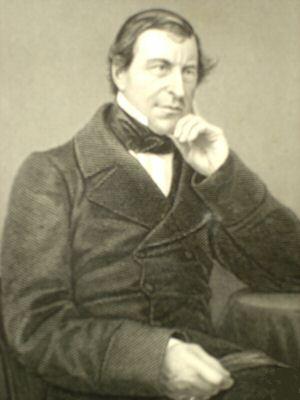Lord Chelmsford (1916-22)

While the British Rule Lord Chelmsford was the Governer General. A strong anti-British feeling generated among Muslims on account of war between Britain and Turkey, paved the way for Congress-Muslim League unity during Lord Chelmsford tenure.
Lucknow Pact : In 1916 both the Congress and the League held their sessions at Lucknow and concluded the famous Lucknow Pact whereby Congress accepted separate electorates and the two organisations jointly demanded Dominion Status for India. This unprecedented Hindu-Muslim unity forced the Government to announce its future policy.
Read Also: BRITISH RULE-LORD WAVELL (1942-47)
Announcement of British Policy : In 1916 the British Government announced its policy of increasing association of Indians in the administration and the gradual development of self-governing institutions and the progressive realization of responsible government under British crown. In accordance with the policy statement Montagu, the then Secretary of State for India, visited India in 1917 to study the situation. Lord Chelmsford visit was followed by the announcement of constitutional reforms in 1919 popularly called the Montagu-Chelmsford Reforms.
Montagu-Chelmsford Reforms : It introduced a system of dyarchy. Indian ministers were appointed and were entrusted with certain harmless departments called transferred subjects and the important departments included in the list of reserved subjects were administered by official members. The legislative councils were greatly enlarged.
Split in Congress : The announcement of these reforms created a split in the ranks of the congress. The reforms were at first supported by Mahatma Gandhi and Annie Besant. Most of the leaders of the moderate section except Gandhiji left the Congress and founded the Indian Liberal Federation.
Rowlatt Act: It was passed in 1919 by the British Parliament to suppress the nationalist movement. Provincial govern-ments were armed with extraordinary powers. The repressive measures so adopted found their culmination when a citizens’ meeting in Jalianwalla Bagh, Amritsar was fired at, resulting in the killing of hundreds of innocent people. General Dyer was the commander of the firing squad.
Khilafat movement: The part played by Britain in the defeat of Turkey and dismemberment of Turkish Empire in the First World War, made Indian Muslims to adopt an aggressive anti-British Attitude. The two brothers, Mohammed AH and Shaukat Ali and Maulana AbuI Kalam Azad launched the anti-British movement in 1920 known as the Khilafat movement. It was supported by Congress.
Non-cooperation movement : The Hindu-Muslim unity so achieved, encouraged Gandhiji to plan a non-violent non-cooperation movement. He, at this stage, withdrew his support to the reform. Inspired by him, the special session of Congress held at Calcutta and the one held at Nagpur in 1920 defined Swaraj as its goal and started a non-violent, non-cooperation movement. As a result of this people renounced Government titles, boycotted legislatures, courts, and educational institutions etc. Of the lawyers who gave up their practices, Deshbandhu C. R. Das and Pandit Motilal Nehru were prominent.


jaipur was a victim of DOCTRINE OF LAPSE but its not under the wikipedia list …
Amazing … Doing a great job Wowww http://www.google.co.in salute to the team… I love reading your articles
There are so many spelling mistakes . Please rectify those mistakes, otherwise the article will be rendered useless.
Awesome great information
Thanx
What’s for the students preparing for IAS but preffered or choose Hindi medium
Verry good
It should definitely improve knowledge
Nicer
Amazing job keep it up
Give some information in hindi also
Best
New techniques required